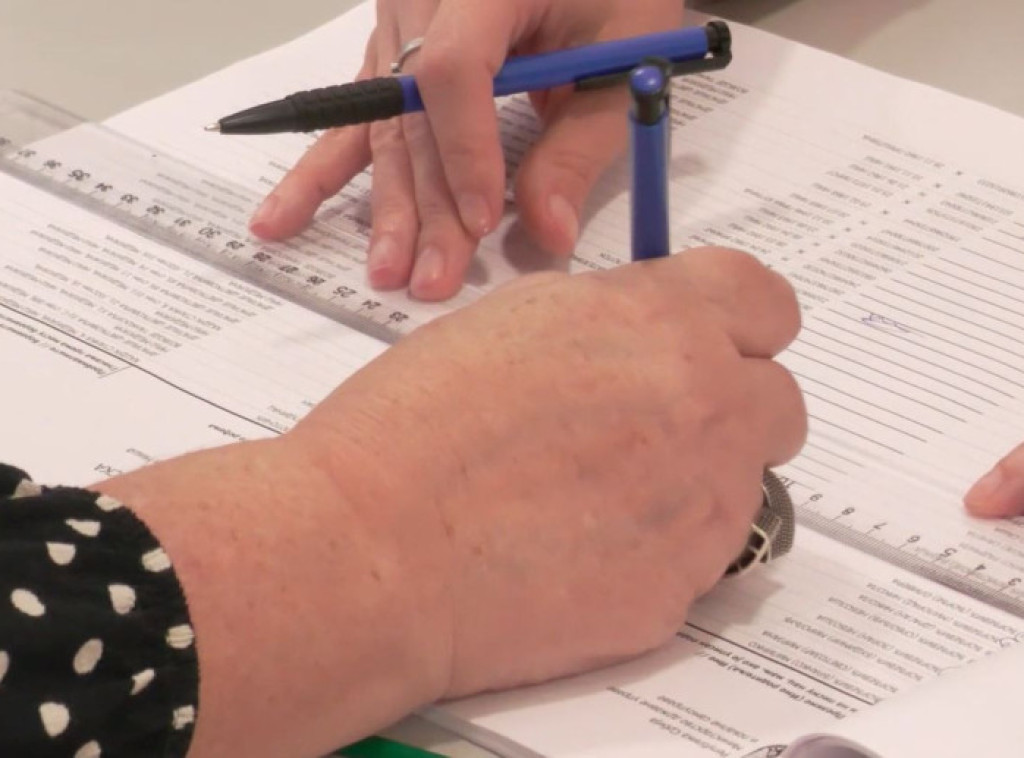Kharkiv Mayor Igor Terekhov stated that the Russian attack on Kharkiv was the strongest since the start of the war, with nearly 40 explosions within an hour. Three residents were killed and 17 injured in the attack. Eighteen residential buildings and 13 private houses were destroyed, and a civilian enterprise was also hit. The State Emergency Service reported attacks involving 48 drones, two rockets, and four guided aerial bombs. The attack caused fires and significant destruction in the city and its suburbs.
Political Perspectives:
Left: Left-leaning outlets emphasize the humanitarian impact of the Russian attack on Kharkiv, highlighting civilian casualties, destruction of homes, and the suffering of ordinary people. They often frame the attack as an act of aggression and terrorism by Russia, calling for international support for Ukraine and condemnation of Russian military actions.
Center: Centrist sources report the facts of the attack with a focus on verified information such as casualty numbers, damage assessments, and official statements from local authorities. They maintain a neutral tone, providing context about the ongoing conflict and the strategic significance of Kharkiv without overtly assigning blame or using emotionally charged language.
Right: Right-leaning media may emphasize the resilience and defense efforts of Ukrainian forces and the local population in Kharkiv. They might also highlight the threat posed by Russian military aggression to regional security and sovereignty, supporting strong defensive measures and international sanctions against Russia. Some may frame the attack within a broader narrative of defending Western values against authoritarian aggression.
















































































